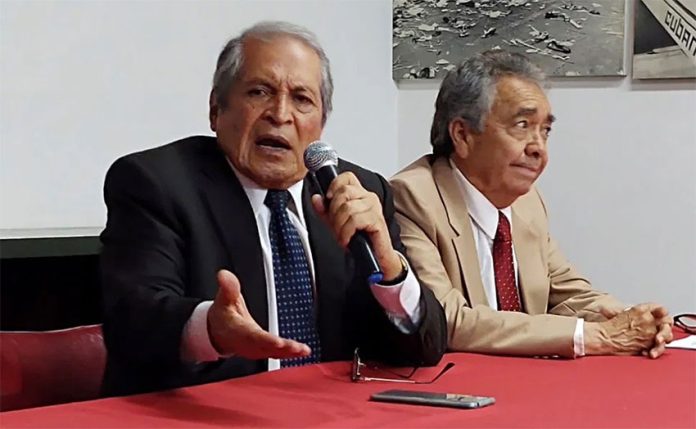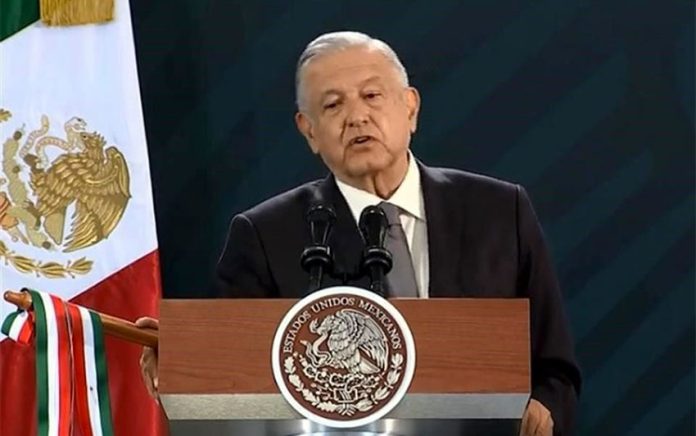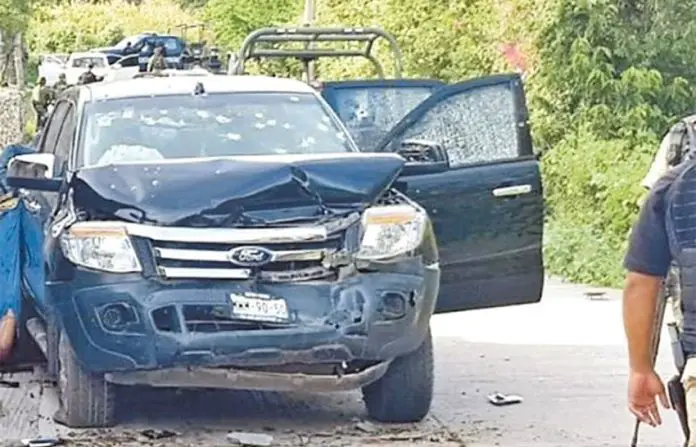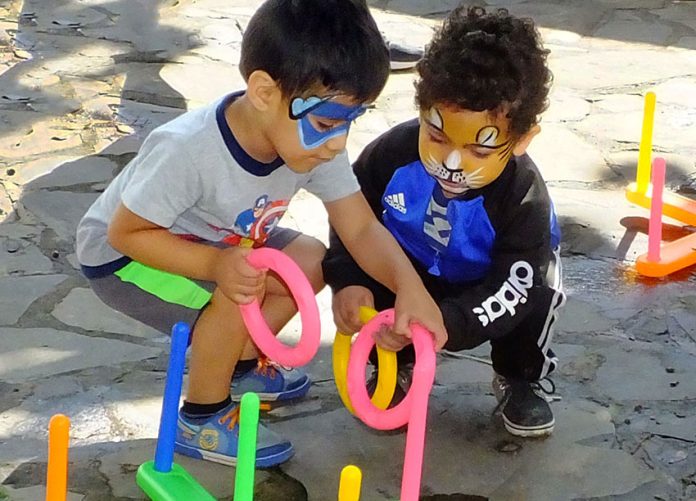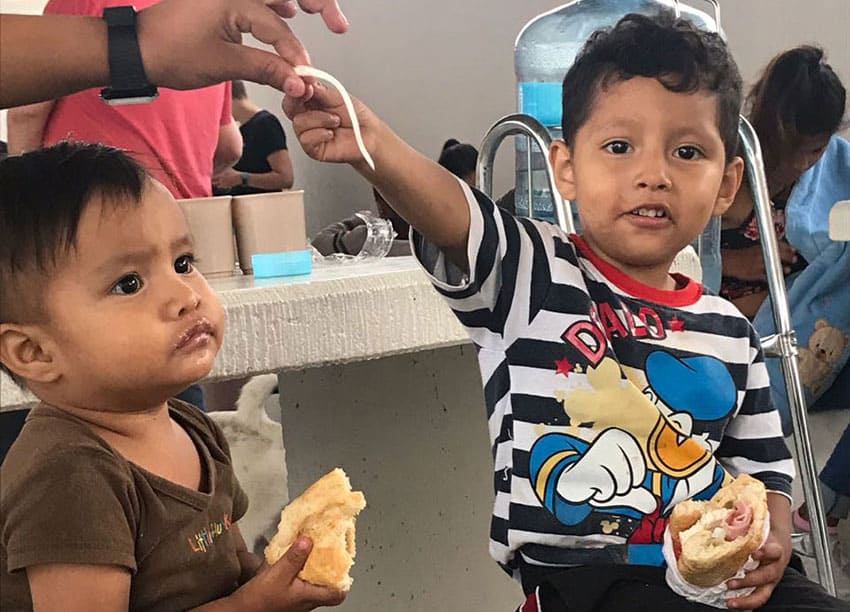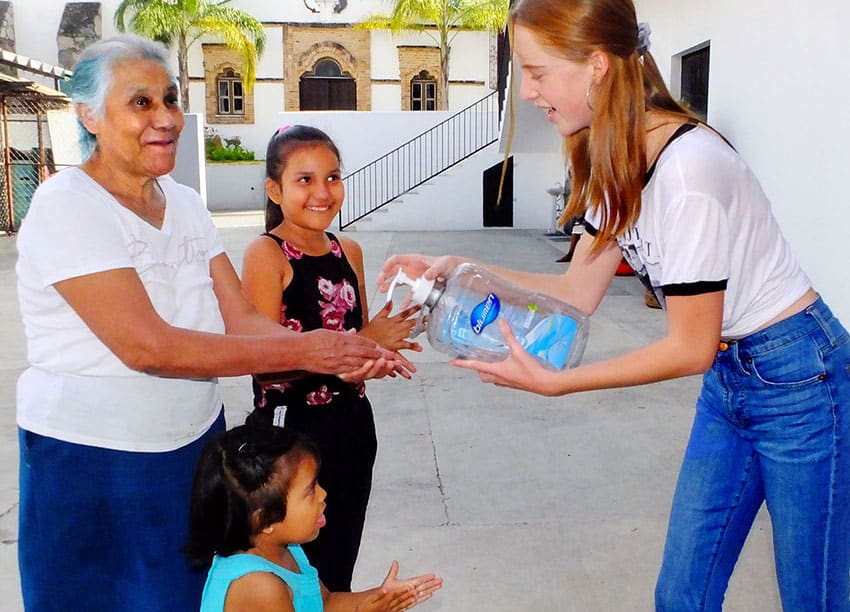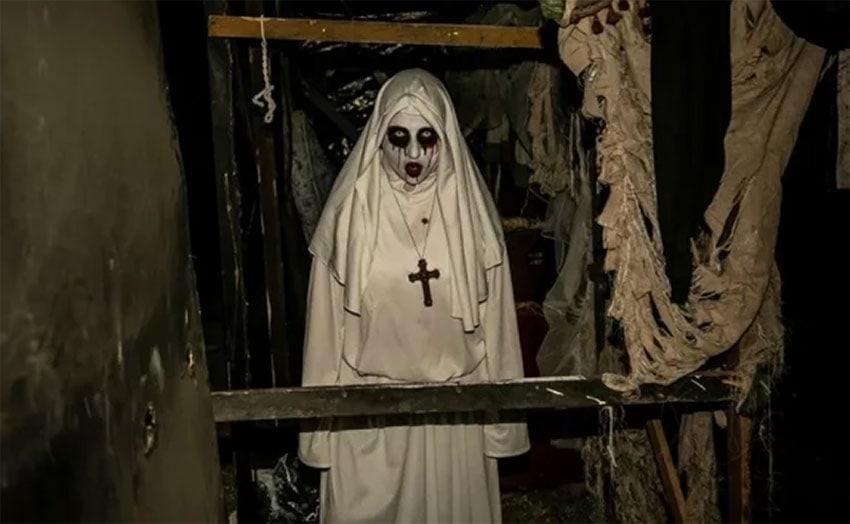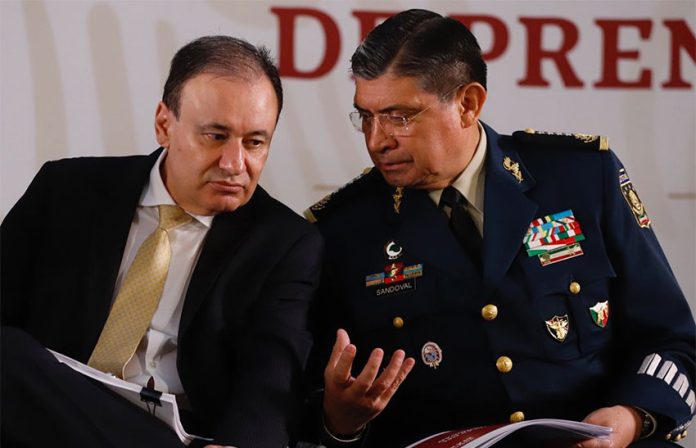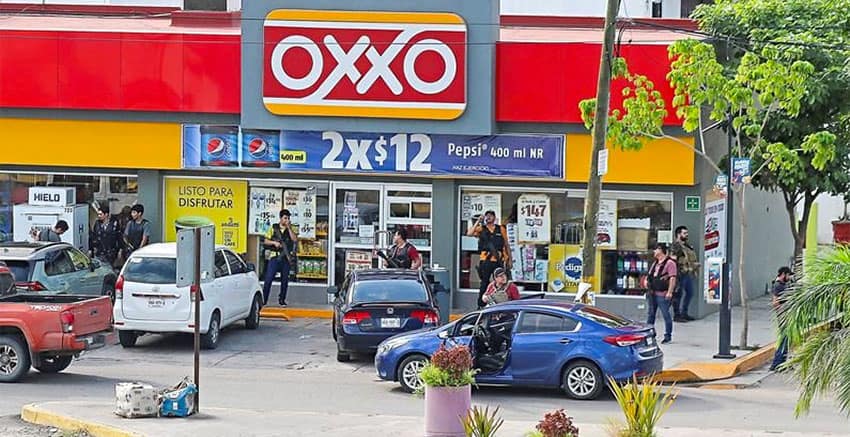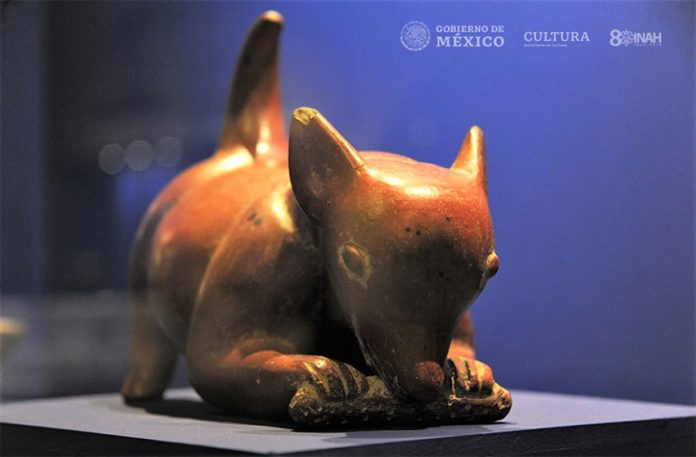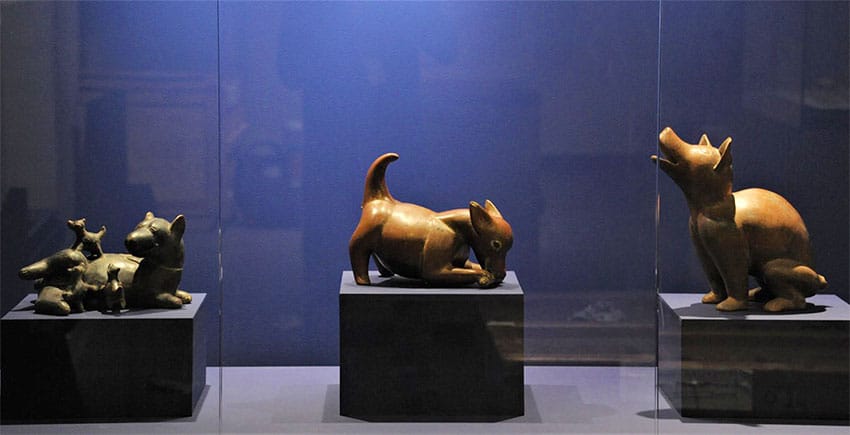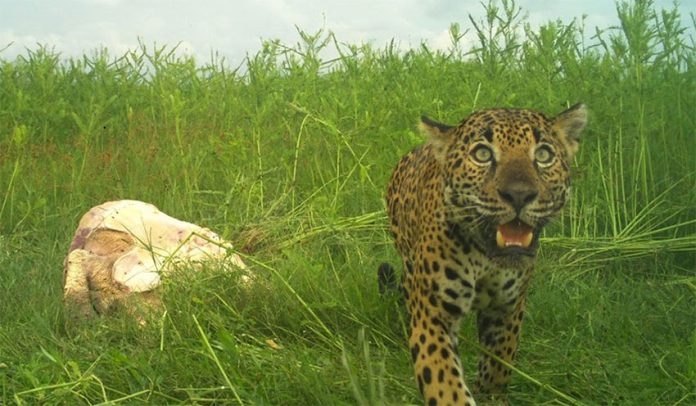President López Obrador, or AMLO as he is commonly known, is approaching the completion of his first year in office. To help readers gain a better understanding of the man and his administration — from an alphabetical standpoint, at least — Mexico News Daily has prepared a glossary of common key words and phrases of the president and his government during their first 10 ½ months in office.
A is for austerity:
“There can’t be a rich government with a poor people” is a common catchphrase of President López Obrador and indeed AMLO has made cutting costs, and especially government waste, a central aim of his administration.
The salaries of high-ranking government officials – including that of the president – have been slashed, thousands of federal jobs have been cut and the presidential plane is up for sale.
Lower-house lawmakers passed an austerity bill last week that puts further limits on government spending.
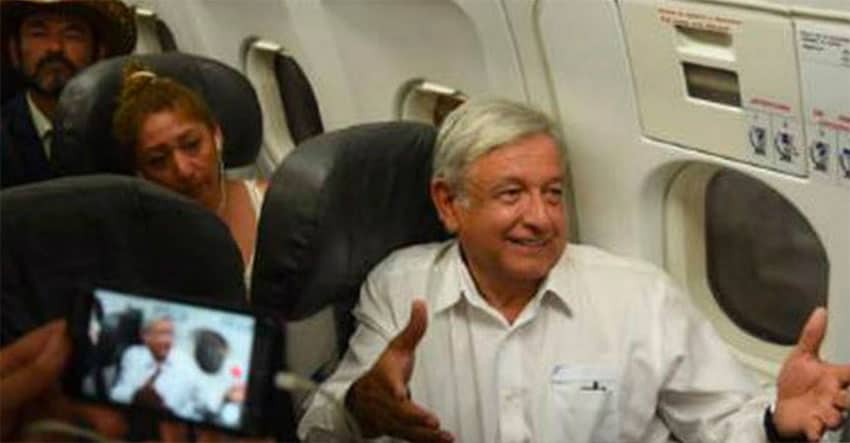
But while the austerity measures have been widely popular, the president has faced criticism for cutting costs in some areas (see H, for example).
B is for baseball:
A president occasionally needs some downtime and for AMLO that sometimes means picking up a baseball bat and batting away the pressure. While president-elect last year, López Obrador shared a short clip of himself on Twitter while practicing baseball.
“I may be under severe pressure, but I take time for myself and come here to bat, to practice baseball. It relaxes me,” he told his followers.
However, the president’s predilection for the sport has also landed him in hot water.
After he announced in August that the federal government would give the state of Sonora more than a billion pesos to purchase two stadiums that will become baseball schools, critics quickly claimed that the outlay was incongruent with the president’s austerity in other areas.
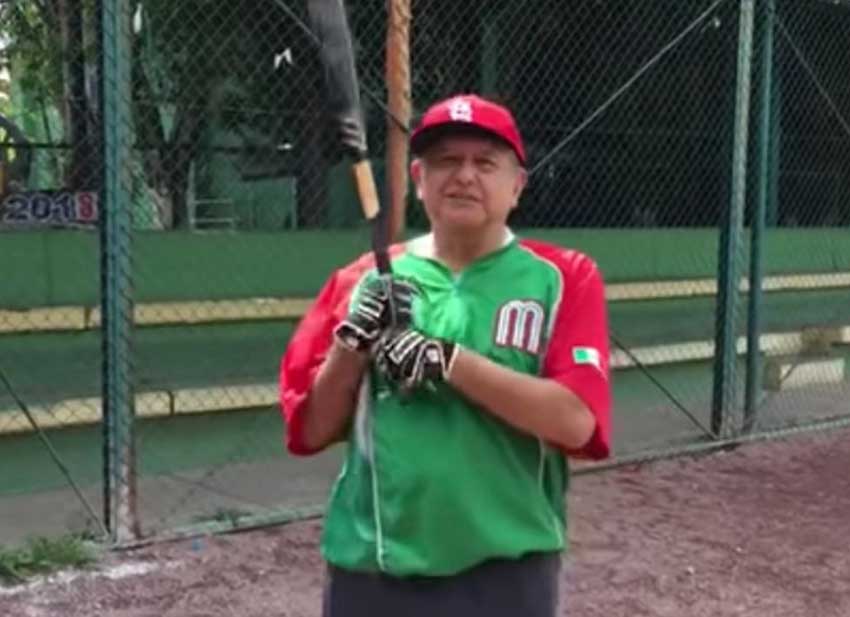
C is for combatting corruption:
The president can wax lyrical for hours about his efforts to combat corruption.
In September, AMLO declared that there is “zero corruption” in the government, claiming that he had “swept away” what has developed over the past 30 years.
He has also said that his government could hold a public consultation to let the people decide if past presidents should be pursued legally for corruption and other wrongdoings.
Since the new government took office, the highest profile corruption-related arrest has been that of former cabinet secretary Rosario Robles, who is currently in prison awaiting trial for the so-called “Master Fraud” embezzlement scheme.
The government is also seeking to arrest former Pemex CEO Emilio Lozoya on corruption charges. But he has evaded capture and authorities believe he has fled to Europe.

D is for don’t lie, don’t steal, don’t betray the people (No mentir, no robar, no traicionar al pueblo)
A pithy phrase commonly used by the president to describe what he sees as the government’s responsibility while in office.
E is for Economy:
Ultimately the performance of the economy under López Obrador’s leadership will be a key indicator of the success or otherwise of his presidency.
Growing the economy amid a global slowdown and ongoing trade tensions with the United States will be a significant challenge for the president.
In just 10 ½ months in office, he has seen banks and international organizations cut their forecasts for 2019 growth over and over again.
AMLO was still clinging to his prediction of 2% growth in July but after a decline in the economy in the first quarter and 0.0% growth in the second, that outcome looks fanciful at best (and he has been mum on the subject since).
The International Monetary Fund predicted this month that the economy will grow by just 0.4% in 2019.

F is for the Fourth Transformation:
In the early 19th century, Mexico gained independence from Spain and later the same century Mexico underwent a period of liberalization known as La Reforma.
In the early 20th century, Porfirio Díaz was ousted from power at the beginning of the decade-long Mexican Revolution and now – according to the president himself – Mexico is undergoing its fourth transformation (4T for short), a byword for the profound change López Obrador says he is bringing to the country.
The term, as expected, isn’t to everyone’s liking. Former president Felipe Calderón called it “pretentious.”
G is for the G20:
When the G20 leaders’ summit was held in Japan in June, López Obrador was the only G20 country leader who was absent, sending Foreign Affairs Secretary Marcelo Ebrard in his stead.

While most new leaders would jump at the chance to appear on the international stage with the world’s most powerful politicians, AMLO chose to stay at home, explaining that he didn’t want to be drawn into a “direct confrontation” between the United States and China and that he had more pressing issues to deal with in Mexico.
The president also decided not to attend last month’s United Nations General Assembly in New York, again sending Ebrard in his place. He hasn’t left Mexico since he was sworn in as president on December 1.
H is for hospitals:
A reduction in federal health funding led to a shortage of doctors, nurses and medicine in hospitals in a majority of Mexican states earlier this year.
In May, hospitals and national health institutes warned that they were on the brink of insolvency due to budget cuts and parents of children with cancer protested in August due to an ongoing shortage of chemotherapy drugs.
A shipment of cancer medication, which AMLO said would last through the end of the year, was finally flown in from France in late September.
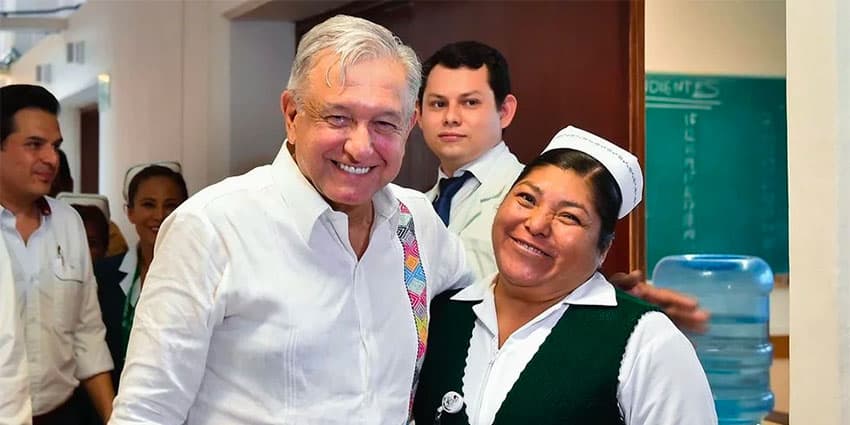
I is for impunity:
Upon taking office, López Obrador pledged to put an end not only to corruption but also to impunity. Delivering his first annual report last month, he cited pipeline petroleum theft as one example of a scourge permitted under past governments that is no longer tolerated.
AMLO has also set up a truth commission to investigate the case of the 43 students that disappeared in Guerrero in 2014 and vowed to bring those responsible to justice. However, new search operations for the students yielded nothing and many people arrested in connection with the case have been released from jail.
A study released in September showed that there has been negligible improvement in prosecution rates over the past year.
J is for Jetta:
In keeping with the “common man” image he has long cultivated, López Obrador has continued to travel at times in his own Volkswagen Jetta rather than government-owned vehicles.
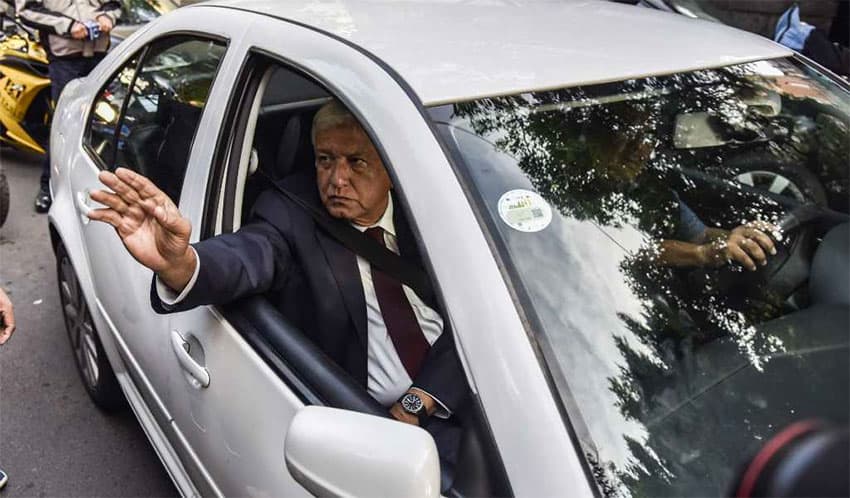
The day he was sworn in as president, López Obrador traveled to Congress in his Jetta and in January he gave Spanish Prime Minister Pedro Sánchez a ride in the compact car through the streets of downtown Mexico City.
K is for Kingpins:
El Chapo is in jail but El Mencho (Jalisco New Generation Cartel leader Nemesio Oseguera Cervantes), El Mayo (Sinaloa Cartel leader Ismael Zambada) and El Marro (Santa Rosa de Lima Cartel leader José Antonio Yépez), among others, continue to ply their trade at the head of powerful criminal organizations.
Attacks in Aguililla, Michoacán, and Culiacán, Sinaloa, this week provided a stark reminder of the firepower of Mexico’s notorious cartels.
The president said in January that the drug war is over and arresting drug lords is no longer a priority, but after Thursday’s failed operation to arrest Joaquín Guzmán’s son, Ovidio Guzmán López, security analyst Alejandro Hope begged to differ.
“. . . Contrary to what President López Obrador announced some months ago, the policy of beheading criminal groups persists, for good or for bad,” he wrote on Twitter.
• Watch for the second installment of the ABCs of AMLO next Saturday.
Mexico News Daily
